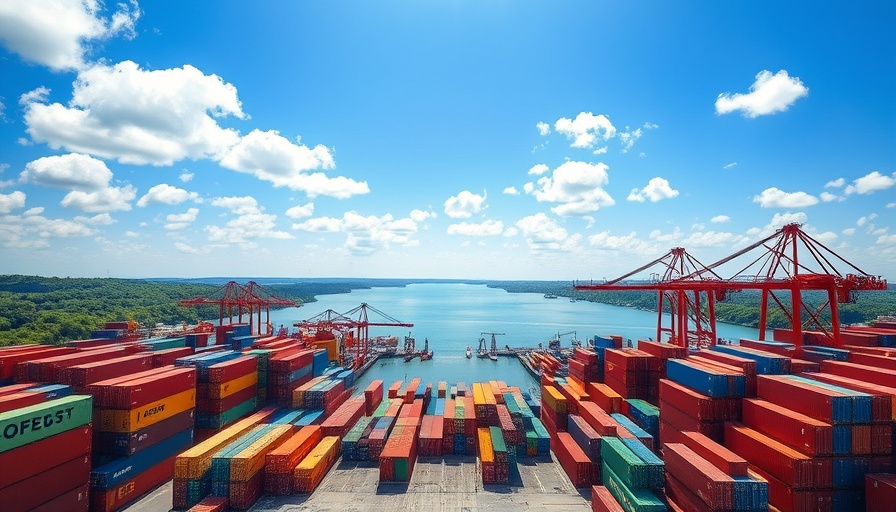
China’s Ambitious Port Expansion: More than Meets the Eye
The construction of ports in Africa by Chinese companies has sparked significant debate over potential military implications. As China's Belt and Road Initiative (BRI) expands infrastructure development across the continent, many experts are raising eyebrows at the dual-use nature of these investments. While initially perceived as mere commercial ventures aimed at boosting trade and economic relations, analysts warn that these facilities could morph into strategic military assets, altering the balance of power in the region.
Exploring the Fine Line Between Commercial and Military Use
China's strategy in Africa often intertwines economic growth with geopolitical goals. Take Djibouti, for instance—a small nation that has become a focal point for Chinese port development. The Chinese-built Doraleh Container Terminal not only enhances trade routes but also hosts a Chinese military base, leading to concerns over military accessibility and influence. Observers are questioning: how many more ports might follow this model?
The Global Implications of Local Actions
This dual-use capability of infrastructure investment raises numerous questions about global markets and international relations. As countries vie for dominance, the potential military utilization of civilian ports creates a security dilemma that could heighten tensions among regional powers and beyond.
Cost Management and Quality Outcomes: A Construction Perspective
Beyond the military implications, there are compelling reasons for commercial construction stakeholders to closely follow these developments. With increasing globalization, understanding how these geopolitical factors can influence construction projects becomes crucial. Efficient project management and cost-effective strategies need to adapt in response to global uncertainties. Firms specializing in international development will benefit from leveraging lessons learned in Africa—particularly those concerning risk assessment and value engineering in volatile environments.
Future Trends: A New Era of Construction and Strategy
Looking ahead, the construction industry must prepare for a landscape where national interests and infrastructure intertwine more closely than ever before. The advancements in construction technology alongside geopolitical nuances will dictate project strategies. As construction firms navigate these realities, integrating sustainable practices and cutting-edge technology not only stands as best practice—but a necessity in staying competitive.
 Add Row
Add Row  Add
Add 




 Add Row
Add Row  Add
Add 

Write A Comment